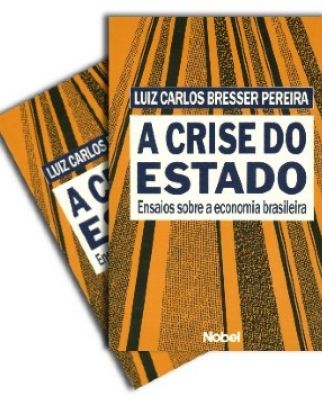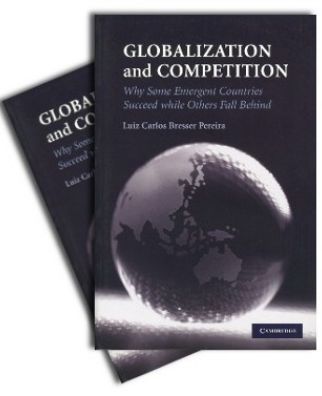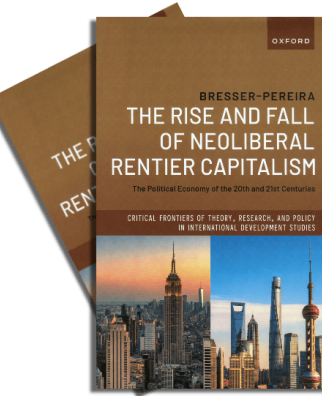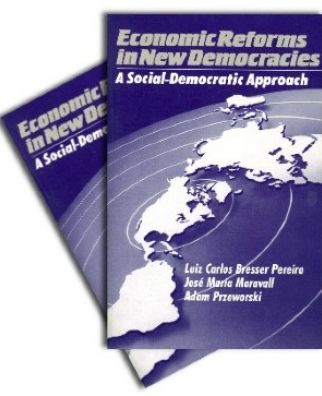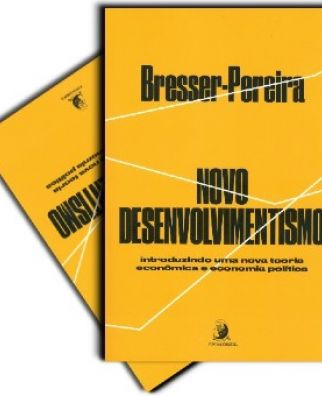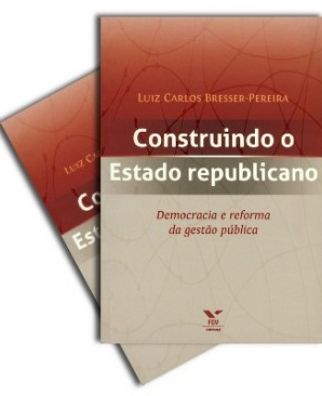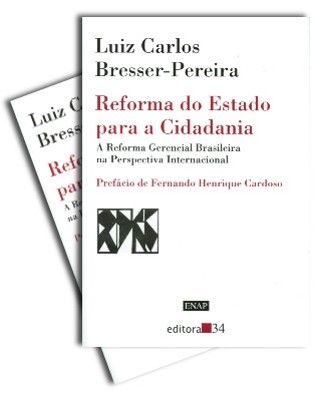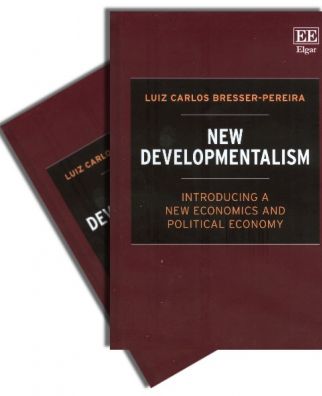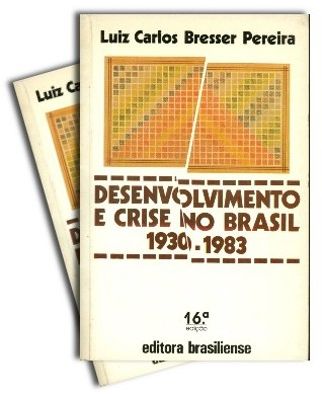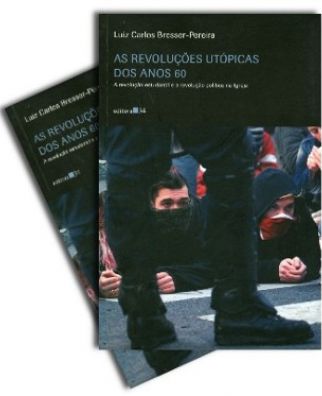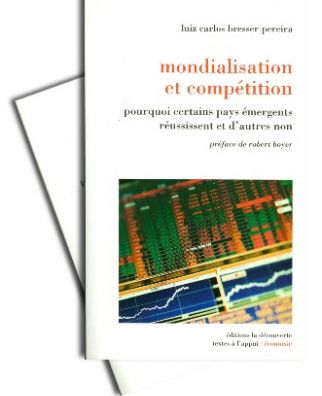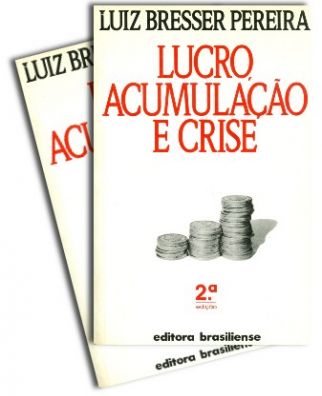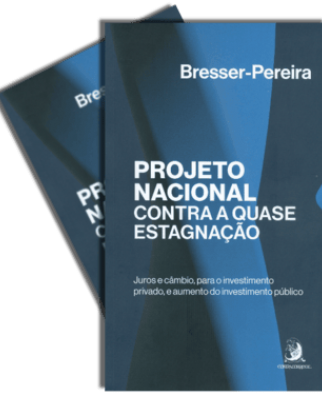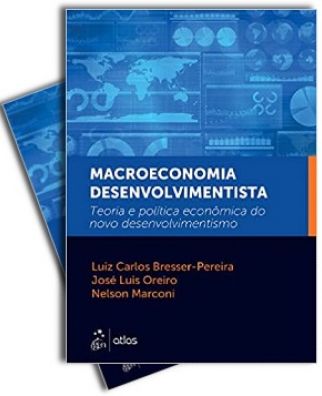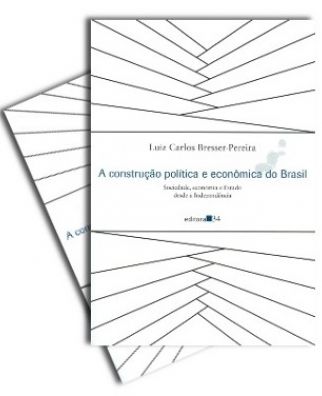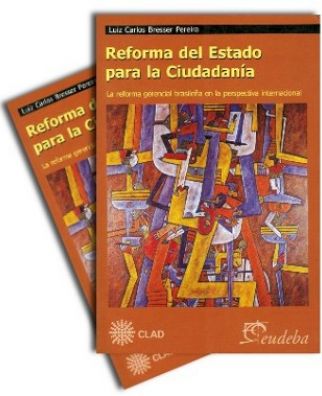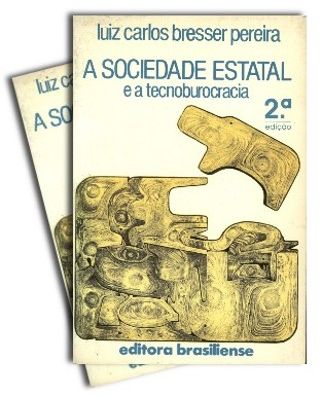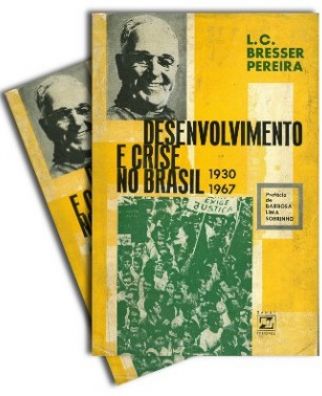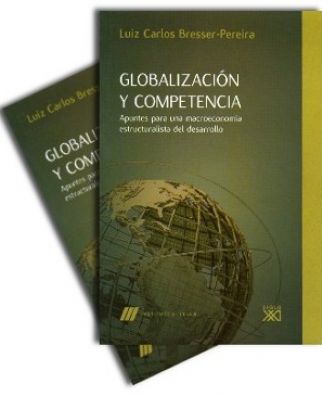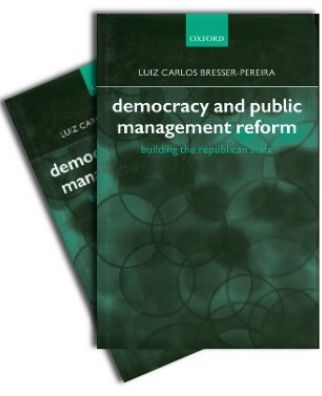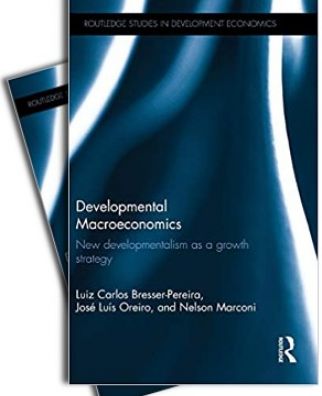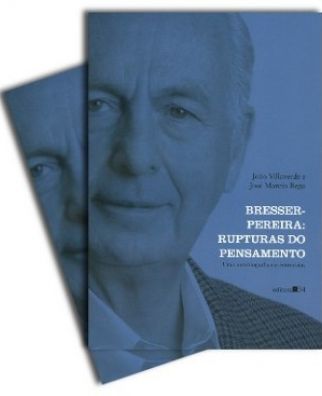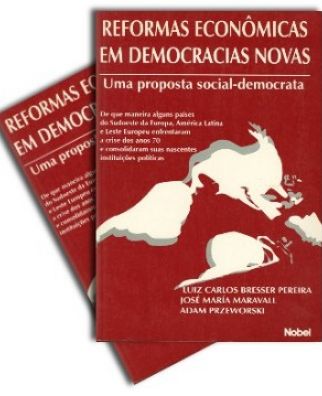1989. The transition to democracy was an outcome of successful political popular-business pact, but mistaken ideoloiges originated in old nationalism and left populism, and on conservative clientelism, opportunism, social conservatism, monetarism, crude liberalism, and subordinated internationalism represent an obstacle to democratic consolidation and growth in Brazil. Portuguese version available.
(Paper in book edited by Diane Ethier)
OTHER LANGUAGES
WORKS IN ENGLISH
1989. Third world debt is so high that only its securitization with a discount in the line proposed in 1987 by me as finance minister of Brazil will solve the problem.
1989. (Article: World Link).
1989. The Brazilian crisis in the 1980s as a debt and a fiscal crisis. A summary of the negotiations. The solution of the debt crisis requires that creditors accept the seccuritization of the debt with a discount. Portuguese version available. (Paper in book edited by Christine Bogdanowicz-Bindert).
1989. There is a perverse logic in the Brazilian macroeconomic system involving foreign debt, fiscal deficit and inertial inflation. Portuguese version available.(Paper in book edited by Fukuchi and Kagami).
1988. A comparison between the Cruzado Plan (1986) and the Bresser Plan (1987). Portuguese version available.(Paper in Pamela Falk's edited book, 1990)
1988. The 1987 negotiation of the foreign debt was guided by a question ("is the payment of interest consistent with the economic growth of Brazil?"), and by the idea of securitizing the debt with a discount. Portuguese version available. (Note: LASA Forum)
1987. Investment used to be financed by the state. Yet, given the fiscal crisis of the state, the private sector is supposed to play a more active role. First paper where I discuss the fiscal crisis of the state. Portuguese version available(Paper)
1987. With Yoshiaki Nakano. Collected papers on the theory of inertial or indexed inflation. Translation of Inflação e Recessão (1984) with the addition of paper on the 1985 Cruzado Plan. (Book: Lynne Rienner Publishers) Sold out. Available in pdf
1987. Paper written a four months after the Cruzado Plan was lauched to control inertial inflation. The two main dangers the plan was facing were relative prices desiquilibria left by the plan and an increasing budget deficit. Portuguese version available.(Paper: World Development)
1985 (1988). With the transiction to democracy and the election of Tancredo Neves the probability of a populist political pact is small. The alternatives after democratization are a conservative pact based on the great bourgeoisie, or a progressive one based on the middle classes.Portuguese version available. (Paper in book edited by Chacel, Falk e Fleischer)
1984 (1987). With Yoshiaki Nakano. Inertial inflation is consistent with the Philips that shifts continuously to the right. Portuguese version available. (Paper in The Theory of Inertial Inflation. Boulder: Lynne Rienner Publishers, 1987: 109-116).
1984. Economic development, political pacts, and crises in Brazil from 1930 to the early 1980s. English translation of the Portuguese edition. (Book: Westview Press) Available in kindle and print, and in pdf.
1984. The 'abertura' is a strategy that military are using to postpone the democratic transition that became inevitable since the Brazilian business men broke down their alliance with them.(Paper in Development and Crisis in Brazil: 1930-1983.)
1983 [1987]. With Yoshiaki Nakano. Translation of "Fatores aceleradores, mantenedores e sancionadores.da inflação" (1983). The founding paper on the theory of inertial or indexed inflation. Portuguese version available.
1983. With Yoshiaki Nakano. The founding paper on the theory of inertial inflation. One must distinguish the accelerating from the maintaining and the sanctioning factors of inflation. (Portuguese version available)
1983 [1984]. A survey of the 1970s and an analysis of the causes of the crisis beginning in 1981: reversion of the economic cycle as consequence of overaccumulation, and the debt crisis. Portuguese version available. (Chapter 8 of Development and Crisis in Brazil: 1930-1983)
1982 (1984). An overview of the political and economic interpretations of Brazil before and after 1964. The two interpretations of Brazil before 1964 (agrarian vocation and national-bourgeois) and the four after 1964 (imperialist, functional-capitalist, dependency, and authoritarian modernization). Portuguese version available. (Paper: Latin American Perspectives).
1981. A systematic analysis of social classes in contemporary capitalism distinguishes social classes from social strata and shows how the two concepts are interconnected. Portuguese version available. (Paper: published only in this site)
1970. It corresponds to "Dividir ou multiplicar?" (1970). It claims that the Brazilian "economic miracle" (1968-1973) signaled a new, export oriented, model of development that made consistent aggregate demand and supply of luxury goods by concentrating income from the middle class upwards. (Chapter 7 of Development and Crisis in Brazil: 1930-1983)

